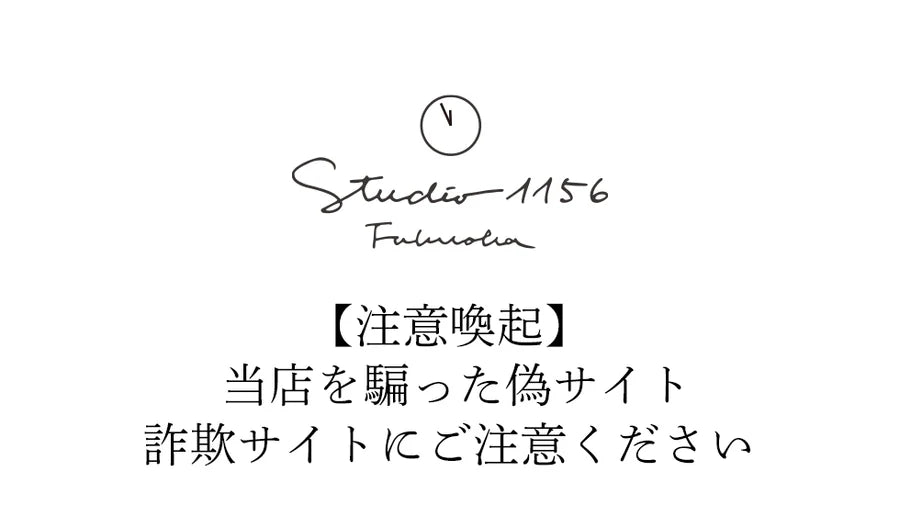読みもの
Kunaichogoyotatsu (The Royal Warrant)
JP: 宮内庁御用達/くないちょうごようたつ
Also named Kunaicho goyotashi, meaning companies that are purveyors to the Imperial Palace. In the case of Arita ware, Kora...
Kushimekodai
JP: 櫛目高台/くしめこうだい
Vertical stripes around the foot of items―a pattern only seen in Nabeshima-style products.
Kutani-yaki
JP: 九谷焼/くたにやき
Porcelain products, made mainly in Kanazawa, Komatsu, and Kaga in Ishikawa prefecture.
Kyushu Toji Bunkakan (The Kyushu Ceramic Museum)
JP: 九州陶磁文化館/きゅうしゅうとうじぶんかかん
A museum, displaying ceramics mainly from the Hizen area (around Arita town), and Kyushu. You can see various ceramics ...
Mikomi
JP: 見込み/みこみ
The inside of porcelain and pottery products, sometimes also used to describe the base of the inside.
Monohara
JP: 物原/ものはら
The place where rejected items and pieces of broken kiln wall are disposed. Some Monoharas have been known to build up to a mountain o...
Nabeshima
JP: 鍋島/なべしま
Porcelain products, regarded as the best example of Japanese porcelain, made at the kiln owned by the Nabeshima clan. In the 17th cent...
Namagake
JP: 生掛け/なまがけ
One of the methods of glazing, done before biscuit firing.
Netsuke
JP: 根付/ねつけ
Miniature sculptures, which are attached to the end of the cords of a pouch for personal belongings: tobacco, money, medicines etc.
Nigoshide
JP: 濁し手/にごしで
The natural, warm, milky color of porcelain in its unpainted state. Using Nigoshide as a background color is often associated with Ka...





![[福岡春吉本店]月曜日営業再開のお知らせ](http://www.studio1156.com/cdn/shop/articles/20250203_1228538c-8a89-4d7d-bf6a-4578cb57019b_100x80_crop_center@2x.jpg?v=1738552469)

